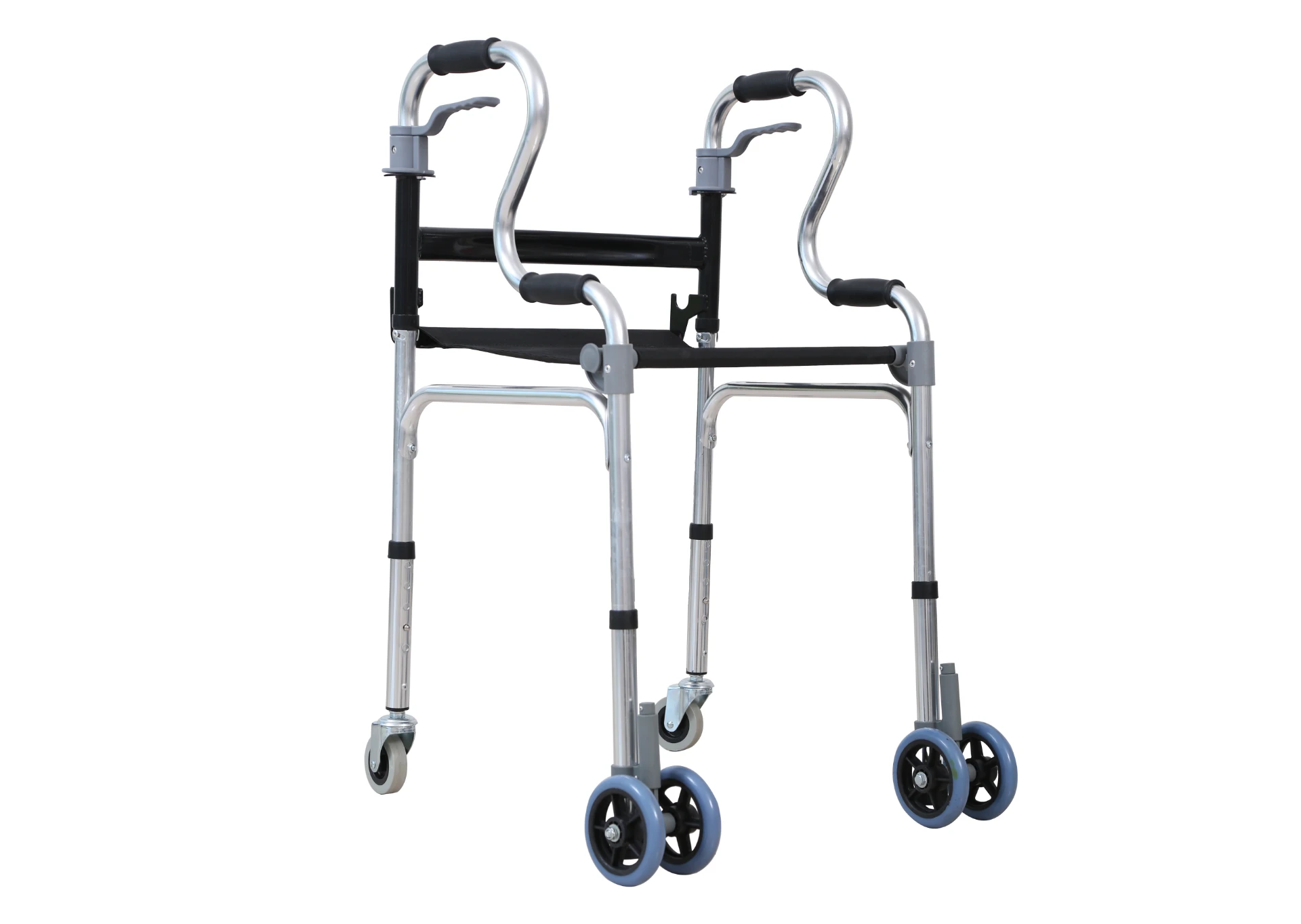Welcome to our websites!
Exploring the Benefits of Outdoor Walking Aids for Enhanced Mobility and Safety
Outdoor Walking Aids Enhancing Mobility and Independence
As the global population ages, the demand for effective mobility solutions has become increasingly important. Outdoor walking aids play a crucial role in enhancing the independence and quality of life for individuals with mobility challenges. These aids, ranging from simple canes to sophisticated mobility scooters, not only help users navigate various terrains but also encourage a more active lifestyle.
Understanding the Types of Outdoor Walking Aids
Outdoor walking aids come in various forms, each designed to cater to specific needs. The most common types include
1. Canes Simple yet effective, canes provide support and stability. They are particularly beneficial for individuals who require minimal assistance. Canes come in different designs—some are collapsible for easy transport, while others offer ergonomic grips for enhanced comfort.
2. Walkers Designed for those who need more stability than a cane can offer, walkers come equipped with four legs and a frame. Many modern models feature wheels, making them suitable for outdoor use. Some walkers even incorporate seats, allowing users to take breaks during their walks.
3. Rollators Similar to walkers, rollators provide the added convenience of wheels. They often include features like a built-in seat, storage baskets, and hand brakes. Rollators enable users to move at a faster pace while still offering support when needed, making them ideal for outdoor activities.
4. Wheelchairs and Mobility Scooters For individuals with significant mobility limitations, wheelchairs and powered mobility scooters are essential. These devices are designed to assist users in covering larger distances outdoors. Modern options are equipped with features like adjustable seats, sturdy frames, and off-road capabilities.
Benefits of Using Walking Aids Outdoors
outdoor walking aids

The use of outdoor walking aids extends beyond physical support. They contribute to various aspects of well-being, including
- Improved Confidence Having a reliable walking aid allows users to feel more secure while navigating challenging terrains. This boost in confidence can encourage individuals to venture outdoors more frequently.
- Enhanced Social Interaction Mobility aids support social engagement by making it easier for users to participate in community activities, such as walking clubs or park events. Interacting with others promotes mental well-being and combats feelings of isolation.
- Physical Health Regular outdoor activity is vital for maintaining physical health. Walking aids facilitate exercise by enabling users to engage in low-impact activities, promoting cardiovascular health, and improving muscle strength.
- Connection with Nature Spending time outdoors is crucial for mental wellness. Walking aids help individuals access parks, gardens, and nature trails, allowing them to enjoy the therapeutic benefits of being in green spaces.
Choosing the Right Walking Aid
Selecting the appropriate walking aid is essential for ensuring safety and comfort. It is advisable for individuals to consult healthcare professionals who can assess specific needs and recommend suitable options. Factors to consider include the terrain where the aid will be used, the user’s strength and stability, and personal preferences regarding design and features.
Conclusion
Outdoor walking aids are invaluable tools that empower individuals with mobility challenges to lead active, fulfilling lives. By improving stability, confidence, and social interaction, these aids help users maintain their independence while enjoying the numerous benefits of the outdoors. As technology continues to advance, the future of walking aids holds even greater promise, ensuring that everyone can access the joys of outdoor life.
-
Transforming Healthcare with Hospital FurnitureNewsJun.24,2025
-
Rehabilitation EquipmentNewsJun.24,2025
-
Mobility and Independence with WheelchairsNewsJun.24,2025
-
Freedom of Mobility with Our Rollator WalkersNewsJun.24,2025
-
Comfort and Independence with Commode ChairsNewsJun.24,2025
-
Bathing Safety and Independence with Shower ChairsNewsJun.24,2025
-
Navigating the Wholesale Landscape of Electric Mobility Solutions: Key Considerations for Power Wheelchair DealersNewsJun.10,2025











